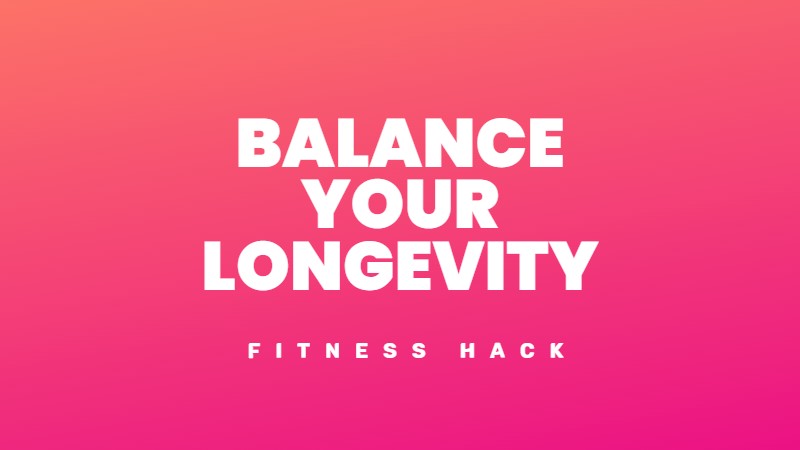Imagine that you are a parent of a kindergarten child. One day, your child comes home with a gift for you. It is a drawing of your family, made with crayons and stickers. The drawing is not very realistic but full of colours and details. Your child proudly hands you the gift and says:
“I made this for you. I love you.”
Most likely, you would feel touched, happy, and grateful. You would hug your child and thank them for the gift. You would display the drawing somewhere in your home, where you can see it every day. You would cherish the gift, not because of its material value but because of the meaning behind it.
The gift is an expression of your child’s love and care for you. It shows their creativity, effort, and affection. It also shows their desire to make you happy and to share something with you.
The gift is a way of building a relationship and a bond with you.

Now, imagine that you are the child who made the gift. How would you feel in this situation? Most likely, you would feel proud, happy, and fulfilled. You would enjoy the process of making the gift using your hands and imagination. You would anticipate the joy of the receiver and the surprise on their face. You would feel valuable and capable, knowing that you can create something that can make someone else happy.
The gift is a way of expressing yourself and your feelings. It is a way of learning and developing new skills. It is a way of giving and receiving feedback. It is a way of creating and strengthening connections with others.
Giving is not only a physical act but also a psychological and emotional one. Giving is a two-way interaction that benefits both the receiver and the giver.
Giving is also a skill that needs to be practised and encouraged and a value that needs to be taught and learned. Giving is a virtue that needs to be appreciated and celebrated.
Giving is an expression of love and care
One of the most basic and universal human needs is the need for love and care. We all want to feel loved and cared for by others, and we also want to express our love and care for others.
When we give something to someone, we are saying, “I care about you. I think about you. I appreciate you. I value you. I want to make you happy. I want to share something with you.” Giving is a way of communicating our feelings and emotions to others without using words.
Giving can take many forms and shapes. It can be a tangible or intangible gift, such as a product, a service, a compliment, a favour, a hug, a smile, or a thank you. It can be a planned or spontaneous gift, such as a birthday present, a surprise visit, a random act of kindness, or a gesture of support. It can be a big or small gift, such as a car, a book, a flower, or a candy. It can be a personal or impersonal gift, such as a handmade card, a store-bought item, a donation, or a tip.
The form and shape of the gift are not as important as the intention and motivation behind it. The best gifts are those that are given with sincerity, generosity, and thoughtfulness. The best gifts are those that are tailored to the receiver’s needs, preferences, and interests, given without expecting anything in return.
Giving is a way of building relationships and self-esteem
One of life’s most important and rewarding aspects is our relationships with others. We are social beings and need to interact and connect with others. Relationships provide us with support, companionship, feedback, learning, growth, and fun, which are essential for our well-being and happiness.
Giving is one of the most effective and enjoyable ways to build relationships with others. When we give something to someone, we create and strengthen bonds with them based on trust, respect, and gratitude. We show and receive interest, attention, and recognition and exchange and share values, experiences, and resources.
When we give something to someone, we are giving them a part of ourselves. We are giving them a glimpse of who we are, what we like, what we know, what we can do, and what we care about. We are giving them a chance to know us better and to like us more.
When we receive something from someone, we are receiving a glimpse of who they are, what they like, what they know, what they can do, and what they care about. We are receiving a piece of their identity and personality with a chance to know them better.
Giving is also a way of building relationships with ourselves. It is a way of developing and improving our self-esteem and our self-confidence. When we give something to someone, we discover and express our talents, our passions, and our potential. We challenge and overcome our fears, our doubts, and our limitations. This way giving becomes a way of growing and evolving as a person.
Giving is a way of being
What is the most valuable gift you can receive for Christmas? Is it a shiny gadget, a trendy outfit, or a luxurious perfume? Or is it something more simple, personal and meaningful?
For many parents, the most precious gift they can get is made by their children. A homemade ornament, a painted jar, or a loo roll turned into a snowman. These gifts may not look perfect but they are made with love and care. They are expressions of the child’s personality and gratitude. They are reminders of the bond between parent and child, the joy of childhood, and the wonder of life.
When we give, we show that we care about others, appreciate their presence in our lives, and want to make them happy. We connect with others on a deeper level based on trust and gratitude. We exchange and share values, experiences, and resources.
Giving is a way of being that we learn from an early age and must practice throughout our lives. We can give not only material things but also our time, attention and support. And we can give not only on special occasions but also on ordinary days, in small ways and in unexpected moments.
Giving is a way of being that makes us happy. Research has shown that giving activates the same brain regions as receiving and can boost our mood, self-esteem, health, and relationships.
Giving is a way of being that defines us.
Do, ergo sum. I give, therefore I am.




Giv feedback om dette